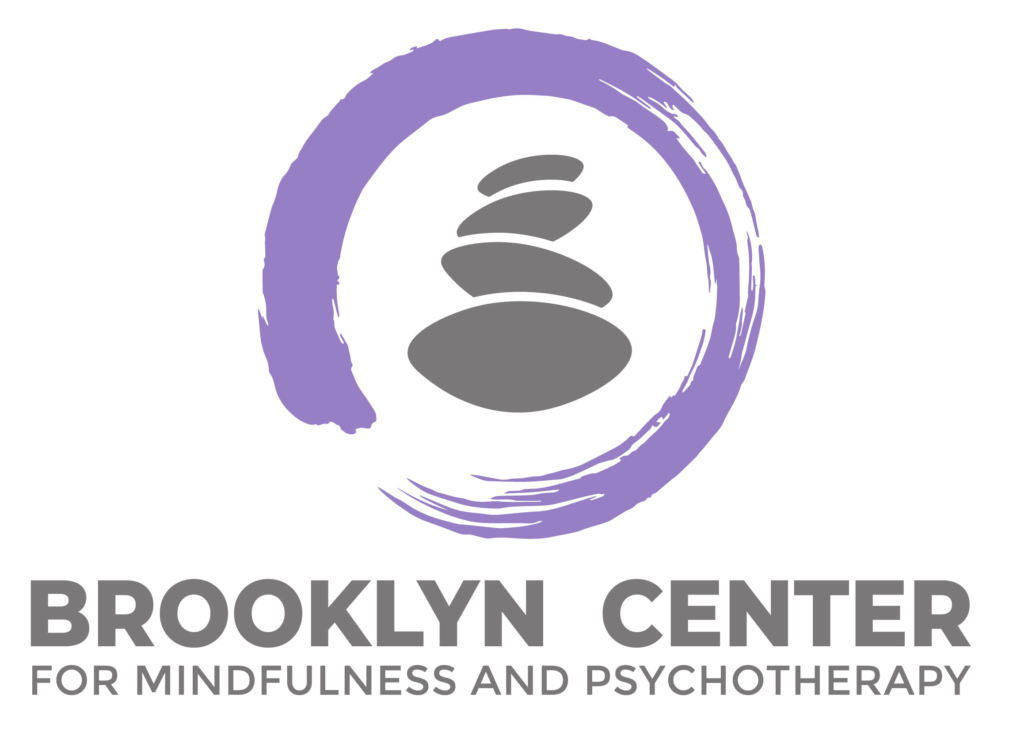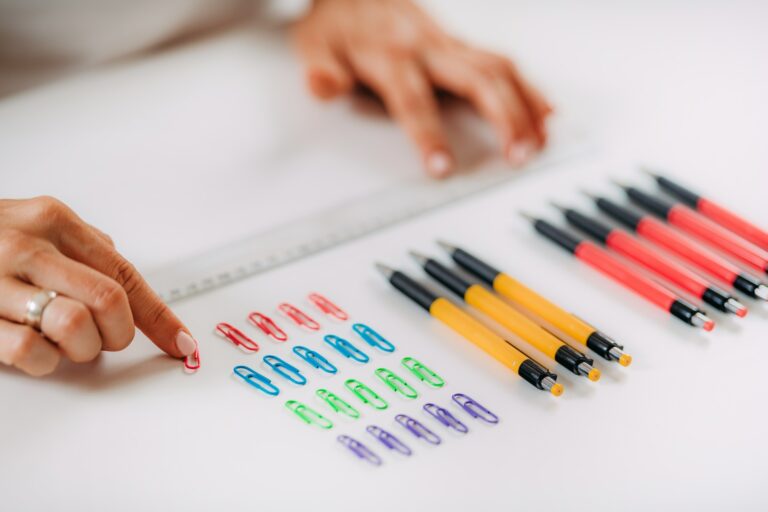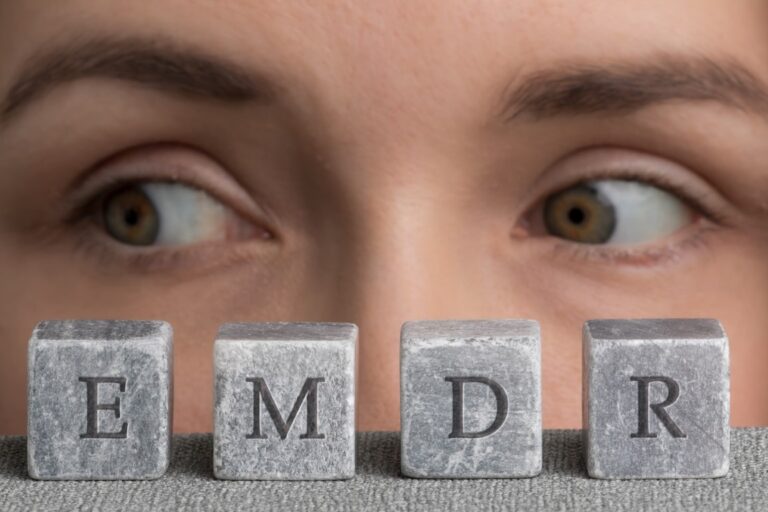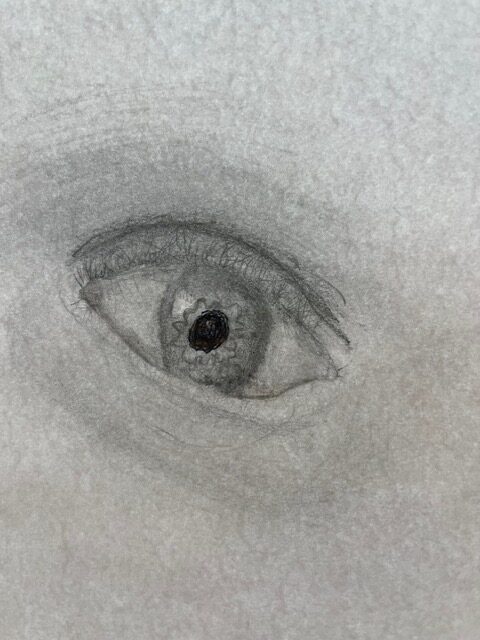Welcome to our blog post on the “Healing Power of Art Therapy: Exploring Creative Pathways to Well-being” in New York! This fascinating article delves into the transformative world of art therapy and how it has become an increasingly sought-after approach to fostering mental and emotional well-being. Join us as we explore the vibrant art scene of New York City and discover the profound ways in which art therapy harnesses the healing potential of creativity to uplift individuals and communities alike.
What is Art Therapy?
Art therapy is a form of psychotherapy that uses the creative process of art-making to improve a person’s physical, mental, and emotional well-being. In New York, art therapy is becoming an increasingly popular alternative to traditional talk therapy due to its ability to help individuals with various issues, such as anxiety, depression, trauma, and addiction. During an art therapy session, clients are encouraged to express themselves through various art forms such as painting, drawing, sculpture, or collage. The artwork created in these sessions serves as a visual representation of the client’s thoughts and emotions which can then be explored and discussed with the therapist. Art therapy can be a powerful tool for self-discovery and healing and is practiced by licensed professionals in various settings such as hospitals, schools, and private practices throughout New York.
Art Therapy Techniques and Exercises
Brooklyn Mindful is a well-known mental health center in Brooklyn, New York. Art therapy is a form of therapy that utilizes the creative process of making art to improve mental, emotional, and physical well-being. In New York, there are various art therapy techniques and exercises available. Here are a few examples:
- Mandala Creation: Mandala is a Sanskrit word that means “circle” or “wholeness.” Creating mandalas involves drawing or painting intricate and symmetrical patterns within a circular shape. This technique promotes relaxation, mindfulness, and self-expression.
- Collage Therapy: Collage therapy involves creating artwork by assembling materials like magazines, newspapers, photographs, and fabric. It allows individuals to explore their emotions, thoughts, and experiences by selecting and arranging images and objects.
- Guided Drawing: In this technique, an art therapist provides verbal prompts or instructions to train individuals in creating a drawing. These prompts involve drawing specific shapes, lines, or symbols, helping individuals explore their inner emotions and experiences.
- Expressive Painting: Expressive painting encourages individuals to express their feelings and thoughts through painting freely. The focus is on the process rather than the final product. Participants can unleash their inner world through colors, brushstrokes, and various painting techniques.
- Sculpture and Clay Work: Sculpture and clay work involves shaping and molding three-dimensional objects using clay or other malleable materials. This technique allows individuals to explore and express their feelings, experiences, and personal narratives through tactile and sensory engagement.
- Art Journaling: Art journaling combines writing and art-making in a private journal. Participants can use various art materials, such as drawings, paintings, collages, and written reflections, to express themselves and document their thoughts and emotions.
How Does Art Therapy Work?
Art therapy is a form of psychotherapy that uses art-making to explore and express emotions, thoughts, and experiences. In New York, licensed art therapists work with individuals or groups to help them process difficult emotions, cope with stress, and improve overall mental health and well-being. Art therapy can address various issues, including anxiety, depression, trauma, and relationship problems.
During an art therapy session in New York, clients may use various materials, such as paint, clay, or collage, to create artwork. The focus is on the process of creating rather than the final product. Through making art and reflecting on it with the therapist, clients can gain insight into their emotions and experiences. Art therapy can be a powerful tool for self-expression and healing, allowing individuals to tap into their creativity and find new ways to communicate their inner world.
Why is Art Therapy Effective in Promoting Well-Being and Healing?
Art therapy is gaining recognition as a powerful tool for promoting well-being and healing in New York and beyond. Through its unique blend of creativity and psychology, art therapy provides individuals with a transformative outlet to express their emotions, thoughts, and experiences.

Engaging in various artistic mediums, such as painting, drawing, and sculpting, allows individuals to tap into their inner world, accessing emotions that may be difficult to articulate verbally. Art therapy offers a safe space for exploration, reflection, and healing by facilitating self-expression, helping individuals process trauma, reducing stress, enhancing self-esteem, and improving overall mental health. In a city as vibrant and diverse as New York, art therapy has become a beacon of hope and an avenue for self-discovery, empowering individuals to find solace, strength, and resilience through the power of artistic expression.
Benefits of Art Therapy: Exploring Creative Pathways to Well-being
Art therapy is a creative and expressive form that utilizes various art techniques to promote healing, personal growth, and well-being. In New York, like in many other places, art therapy has gained recognition and popularity due to its numerous benefits. Here are some of the critical benefits of art therapy:
- Emotional expression and release: Art therapy provides a safe and non-threatening outlet for individuals to express and process their emotions. Through various art forms such as painting, drawing, sculpture, or collage, individuals can explore and communicate their feelings that may be difficult to express verbally. This process of emotional expression can lead to a sense of relief and catharsis.
- Stress reduction: Art-making activities can be a calming and relaxing experience. It allows individuals to focus on the creative process, diverting their thoughts from stressors and promoting a sense of mindfulness. Art therapy can help reduce anxiety, lower stress levels, and enhance overall well-being.
- Self-exploration and self-awareness: Art therapy encourages individuals to explore their thoughts, beliefs, and inner experiences through artwork. It can uncover unconscious thoughts and feelings, promote self-reflection, and deepen self-awareness. Through the art-making process, individuals can gain insights into their strengths, challenges, and potential for growth.
- Enhancing communication and interpersonal skills: Art therapy can be particularly beneficial for individuals who struggle with verbal communication or find it challenging to express themselves in traditional ways. Creating art provides an alternative means of communication, allowing individuals to express themselves visually and symbolically. This can help improve communication skills and foster better relationships with others.
- Boosting self-esteem and self-confidence: Engaging in artistic activities and witnessing personal creativity can enhance self-esteem and self-confidence. Accomplishing a creative project, experimenting with different art techniques, and receiving positive feedback from an art therapist can help individuals build a sense of achievement and self-worth.
- Healing trauma and promoting resilience: Art therapy has been recognized as a practical approach to addressing trauma and supporting individuals in their healing journey. Art-making can help process traumatic experiences, reduce the impact of traumatic memories, and promote resilience. It provides a safe space for individuals to express, explore, and reconstruct their narratives.
- Encouraging personal growth and empowerment: Art therapy can facilitate personal growth and empowerment by encouraging individuals to take an active role in their healing process. Through creatively exploring personal goals, values, and aspirations, individuals can gain a sense of purpose, direction, and empowerment.

Exploring Different Types of Art Therapy
New York City is a vibrant hub for various forms of art therapy. Here are some different types of art therapy you can explore in New York:
Visual Art Therapy: Visual art therapy involves using other artistic mediums such as painting, drawing, sculpture, and collage to facilitate self-expression, emotional healing, and personal growth. Numerous art therapy programs, workshops, and individual therapists specialize in visual art therapy in New York.
- Dance/Movement Therapy: Dance/movement therapy integrates movement and body awareness to promote self-discovery, emotional expression, and improved well-being. You can find dance/movement therapy workshops, classes, and sessions conducted by trained therapists and organizations in New York.
- Music Therapy: Music therapy utilizes the power of music and sound to address emotional, cognitive, and physical needs. New York City has a vibrant music therapy community, with certified music therapists offering individual sessions, group programs, and workshops for various populations.
- Drama Therapy: Drama therapy involves using theater techniques, improvisation, and role-playing to explore emotions, enhance communication skills, and foster personal growth. In New York, you can find drama therapy programs, workshops, and theater groups that integrate therapeutic elements.
- Expressive Writing Therapy: Expressive writing therapy allows individuals to process their thoughts and emotions through creative writing. Writing workshops, classes, and therapeutic writing groups in New York provide a supportive self-expression and healing environment.
- Art Therapy for Children and Adolescents: New York City offers specialized art therapy programs and services for children and adolescents. These programs often incorporate play, storytelling, and age-appropriate art materials to support children’s emotional development and well-being.
- Art Therapy for Trauma and PTSD: Many art therapists in New York specialize in working with individuals who have experienced trauma or are living with post-traumatic stress disorder (PTSD). These therapists use art to help individuals process and heal from their traumatic experiences.
Conclusion
In conclusion, the healing power of art therapy is a profound and transformative pathway to well-being, and at Brooklyn Mindful in New York, it is embraced with passion and expertise. Through the therapeutic use of artistic expression, individuals can embark on a journey of self-discovery, emotional healing, and personal growth. The dedicated team at Brooklyn Mindful offers a safe and nurturing environment where the transformative potential of art is harnessed to address a range of mental health challenges and promote overall well-being. To explore the creative pathways to healing and embark on a transformative journey, contact Brooklyn Mindful today and unlock the profound healing power of art therapy.




